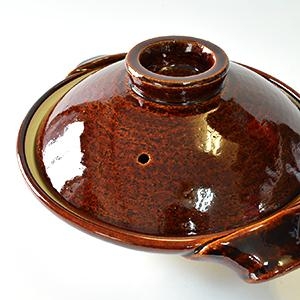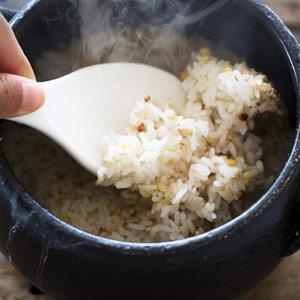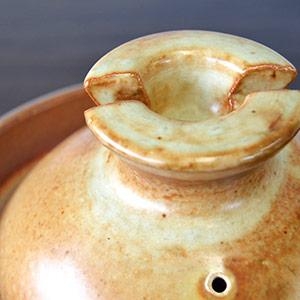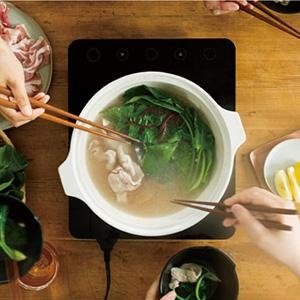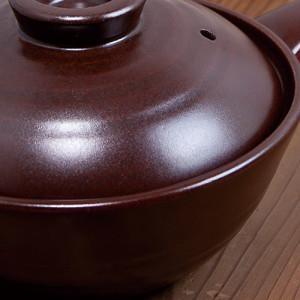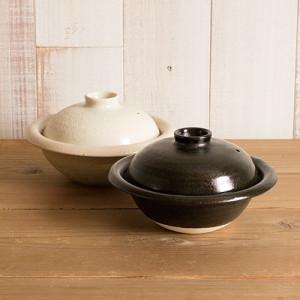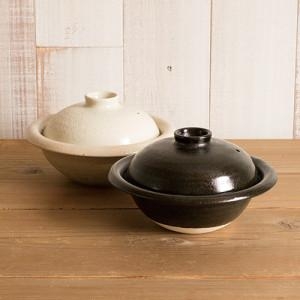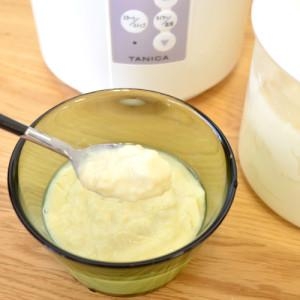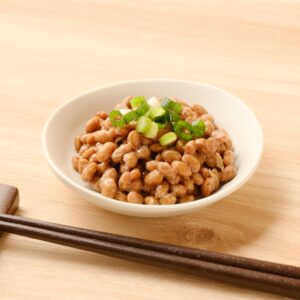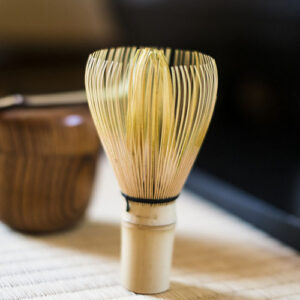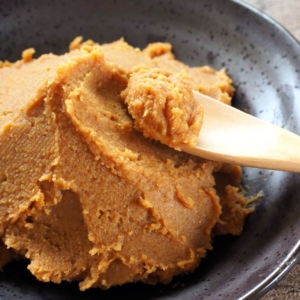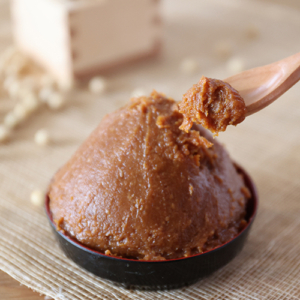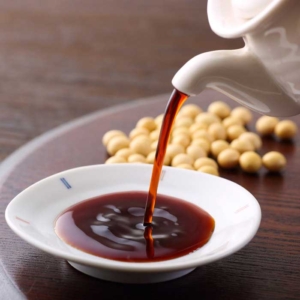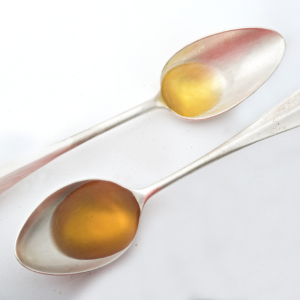About Iga-yaki Donabe
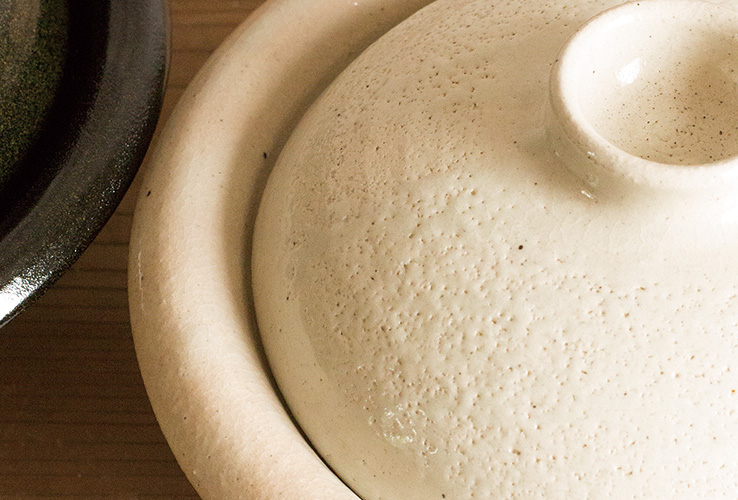
Iga-yaki is said to have been made for the first time in the current Mie Prefecture around the end of Heian Period (794). It has quite a long history, which is over 1,200 years.
Iga-yaki is made by repeatedly baking process with 1400 degrees of flame. This process is also called ‘Iga no shichido-yaki’ or ‘Seventh times baked Iga’.
Once the black scorch and feldspar grains appeared on the surface of the pots, it has become a donabe with solid substantial. Although it can get cracked by violent flame, even in the world of tea ceremony, it is considered to be a part of Iga-yaki’s uniqueness.
Characteristics of Iga-yaki Donabe
Pottery in Japan has a long history, which makes each kind of pottery has its own special characteristics. Iga-yaki Donabe has been loved by many daimyo (feudal lord) and important people during the Edo Period. In this section, we will show you the special characteristics of Iga-yaki donabe.
#1 Iga-yaki donabe is able to make the pot dish taste delicious
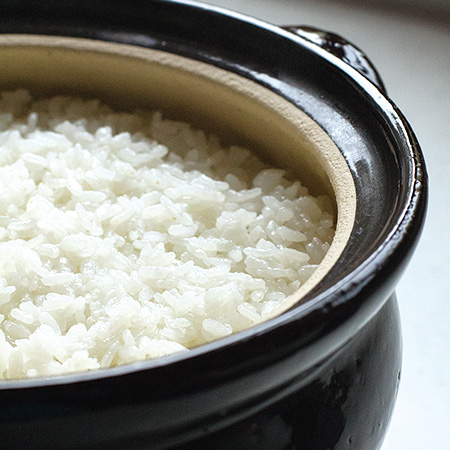
Iga-yaki donabe warming up the dish with far infrared radiation, which able to warms the ingredients thoroughly to the core, so you can enjoy a delicious hot pot dishes. By using the same donabe for a long time, the taste of ingredients soaked inside the pot and will be able to make your dish more delicious.
#2 Iga-yaki donabe has different shape
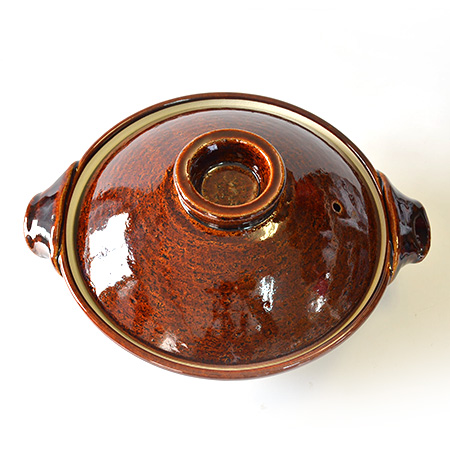
While cooking at high temperature, you are making various changes to the donabe, which is beyond the creator’s intention. You leave certain mark or form on the donabe, just like you make your own special art with using the donabe for a long time.
#3 Iga-yaki donabe has a different technique
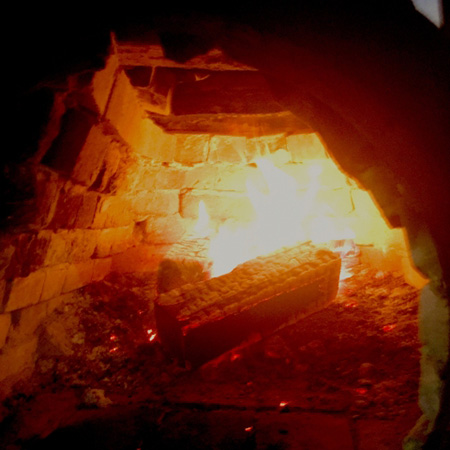
Baked with 1400 degrees of flame, the donabe is naturally covered with ash, which become the part of its own pattern. Also, firing with glass glaze is outstanding technique. There’s also many dynamic methods such as using bold ‘herame’ (audacious texture).
#4 Iga-yaki donabe has different level of fire resistance
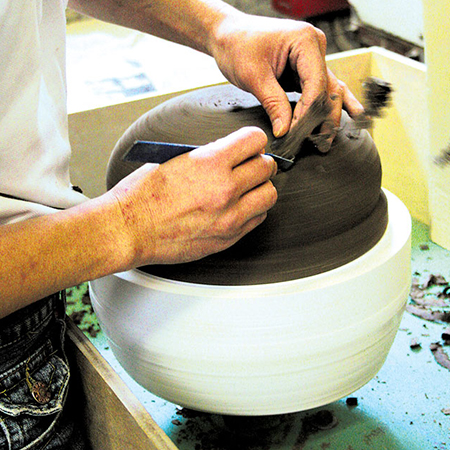
Just like the neighbouring Shigaraki-yaki from the North, Iga-yaki donabe uses the soil from Misato Mountain Range. Because in the past it was a bottom of Lake Biwa, the sediment accumulated over the years becomes high-quality clay. Kibushi clay mixed with translucent stone grains has an excellent fire-resistance, which makes a strong pot.
What is far-infrared effect?
Far-infrared rays have long wavelengths of infrared radiation that can’t be seen by the eyes.
Although we can’t see it, the far infrared has special characteristics that warming up and heating up the substances.
The donabe has characteristics to emit the far infrared rays. Far-infrared rays radiating from the donabe, makes it able to thoroughly heat the whole ingredients to the core. This far infrared effect makes it possible to enjoy delicious dishes which can’t be tasted when you’re using aluminum pan or stainless-steel pot.
Types of Iga-yaki Donabe
Iga-yaki donabe has various designs and forms, also with attractive colours.
In Kawashima the Japanstore, there’s a lot of famous Iga-yaki donabe which has quite a popularity among the users in recent years.
We will show you the types of Iga-yaki donabe complete with its special charm.
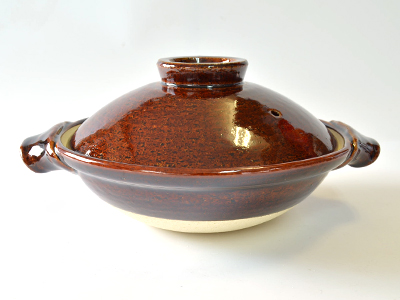
- Yamahon Iga-yaki Donabe
- Yamahon-tobo Iga-yaki Donabe is an attractive Iga-yaki donabe which coloured using glaze. When you used it for a long time, it will have its own trademark specially left by the user.
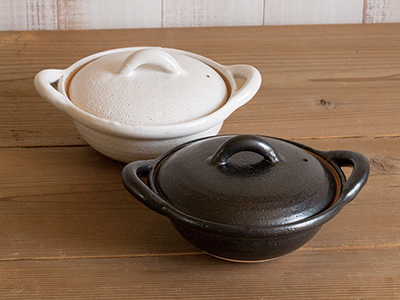
- Stall Craft Casserole No. 6 TOJIKI TONYA Iga-yaki Donabe
- It is a handmade western style donabe with lovely handles and knobs, with rounded parts of the rim which makes it has a cute finishing.
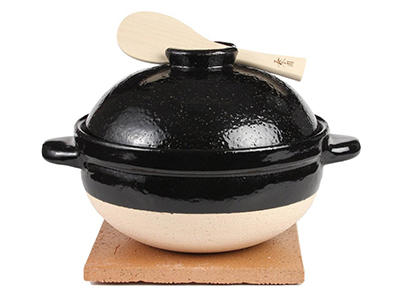
- Nagatanien Kamado-san
- This is a donabe rice cooker that can be used with direct flame of gas. You can deliciously cook white rice and brown rice with this product.
Iga-Yaki Donabe Product Recommendation
Here’s the products of Iga-Yaki donabe that available at Kawashima the Japanstore:
Other article of this “Exploring Donabe” series:
